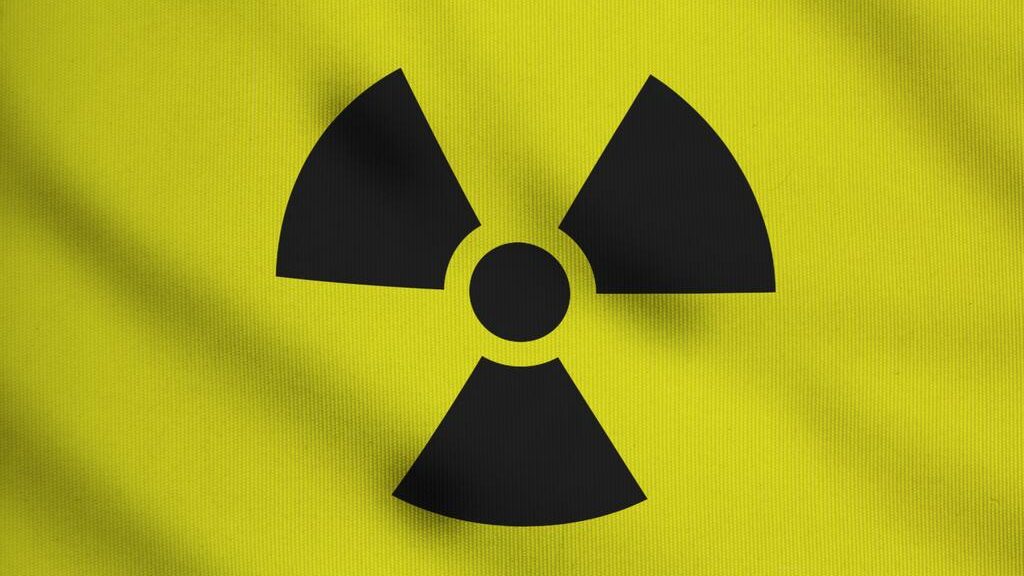Article originally published in the Philadelphia Business Journal on February 22, 2021.
“Chernobyl” entered the common lexicon on April 26, 1986, when at 1:23 a.m. the core of reactor number four of the Soviet Union’s Chernobyl nuclear power station exploded. Massive amounts of radiation were released across Europe. The accident resulted in numerous radiation-related deaths, the relocation of hundreds of thousands of people, and rendered parts of Ukraine and Belarus uninhabitable.
The lessons of Chernobyl for all political and business leaders are the same lessons relearned over and over again after many disasters and scandals. Always face the brutal facts of reality.
The 2004 Discovery Channel documentary, “Zero Hour: Disaster at Chernobyl,” and the 2019 HBO miniseries, “Chernobyl,” chronicle the events of that day and those that followed. Both are dramatical presentations and accurately portray the important elements of the historic record.
A safety test on reactor number four was long overdue. The test was to determine the effectiveness of the backup diesel generators to maintain water circulation through the core in the event of off-site electric power loss. Anatoly Dyatlov, deputy chief engineer at Chernobyl, committed to the power station hierarchy that he would personally supervise the test on the early morning shift of April 26.
Due to a 10-hour delay of the test the prior day, the reactor was held at low power, and therefore according to operating protocol, the test should have been postponed.
However, due to his commitment to run the test, Dyatlov ignored the safety concerns of the control room engineers responsible for operating the reactor. He intimidated and threatened them with the loss of their jobs if they did not proceed with the test. The engineers relented, and the test proceeded with disastrous results.
In addition to Dyatlov, there was another villain in this disaster – a fundamental flaw in the RBMK reactor design – the boron control rods were tipped with graphite, which caused the nuclear reaction to accelerate.
During the test, there was an uncontrolled surge of power that led the engineers to hit the emergency shutdown button. This lowered the boron control rods into the core to slow the reaction, but the rods jammed, exposing the core to only a small amount of boron, but all of the graphite in the control rod tips.

Within seconds, the power spiked. The resulting spike in steam pressure at the bottom of the reactor ruptured the cooling tubes and caused the core to explode. This steam explosion was followed seconds later by a much more massive hydrogen explosion.
The boron control rod design flaw was known but kept as a state secret so as not to undermine the perception of the superiority of Soviet nuclear technology. Dyatlov and the engineers running the test were never told about the design flaw. The same flaw existed in 16 other RBMK nuclear reactors across the Soviet Union.
If Dyatlov was the villain of Chernobyl, Valery Legasov was the hero. Legasov was first deputy director of the Kurchatov Institute of Atomic Energy. He was a persistent lone wolf, convincing the Communist bureaucracy to face the brutal facts of reality that the reactor core exploded, which at first they refused to believe. Legasov played a key role in directing the effort to contain the radiation coming from the exposed core debris and determining the cause of the explosion.
In the HBO dramatized portrayal of Dyatlov’s trial, during his testimony Legasov chooses to reveal this design flaw in open court, to the shock of the judge and others in attendance. The judge cautions Legasov, “If you mean to suggest that the Soviet state is somehow responsible for what happened, then I must warn you are treading on dangerous ground.”
Legasov responds: “I have already trod on dangerous ground … Because of our secrets and our lies … Every lie we tell incurs a debt to the truth. Sooner or later that debt is paid. That is how an RBMK reactor core explodes.”
Legasov is informed by KGB Chairman Viktor Chebrikov that his testimony will not be accepted by the Soviet state, and for publicly exposing a state secret, he will be shunned by his colleagues for the remainder of his life.
Legasov committed suicide on the second anniversary of the Chernobyl disaster. The transcript of audio tapes he recorded about the disaster were found, transcribed and disseminated after his suicide. They forced the Soviet Union to retrofit the 16 RBMK reactors so an accident like the one that happened at Chernobyl cannot happen again. Legasov was posthumously honored as Hero of the Russian Federation in 1996.
The lessons of Chernobyl: Always face the brutal facts of reality. Remember the words of Brazilian novelist, Paulo Coelho, “If you want to be successful, you must respect one rule: Never lie to yourself.” And remember the words of Valery Legasov: “Every lie we tell incurs a debt to the truth. Sooner or later that debt is paid.”
Stan Silverman is founder and CEO of Silverman Leadership and author of “Be Different! The Key to Business and Career Success.” He is also a speaker, advisor and widely read nationally syndicated columnist on leadership, entrepreneurship and corporate governance. He can be reached at Stan@SilvermanLeadership.com.

